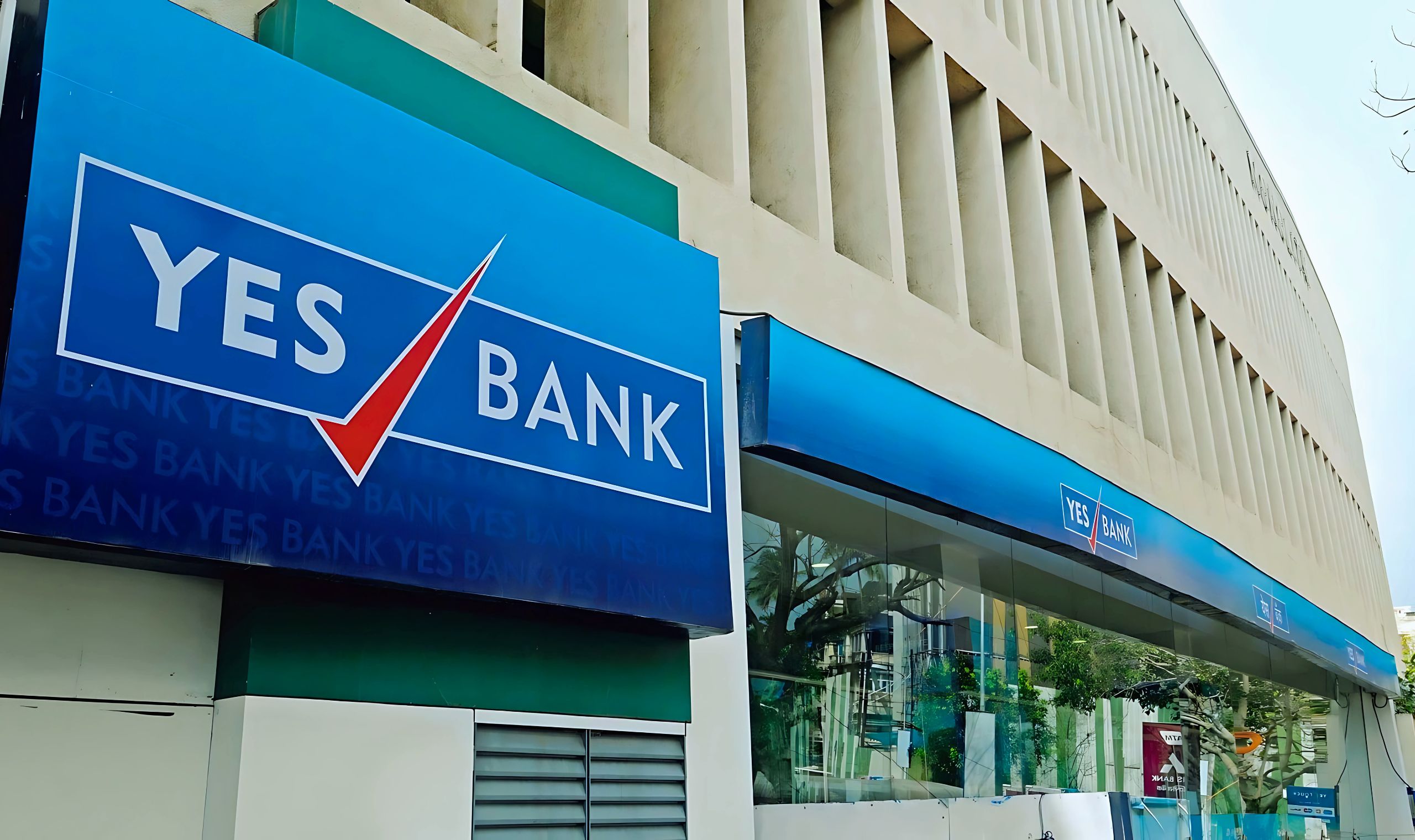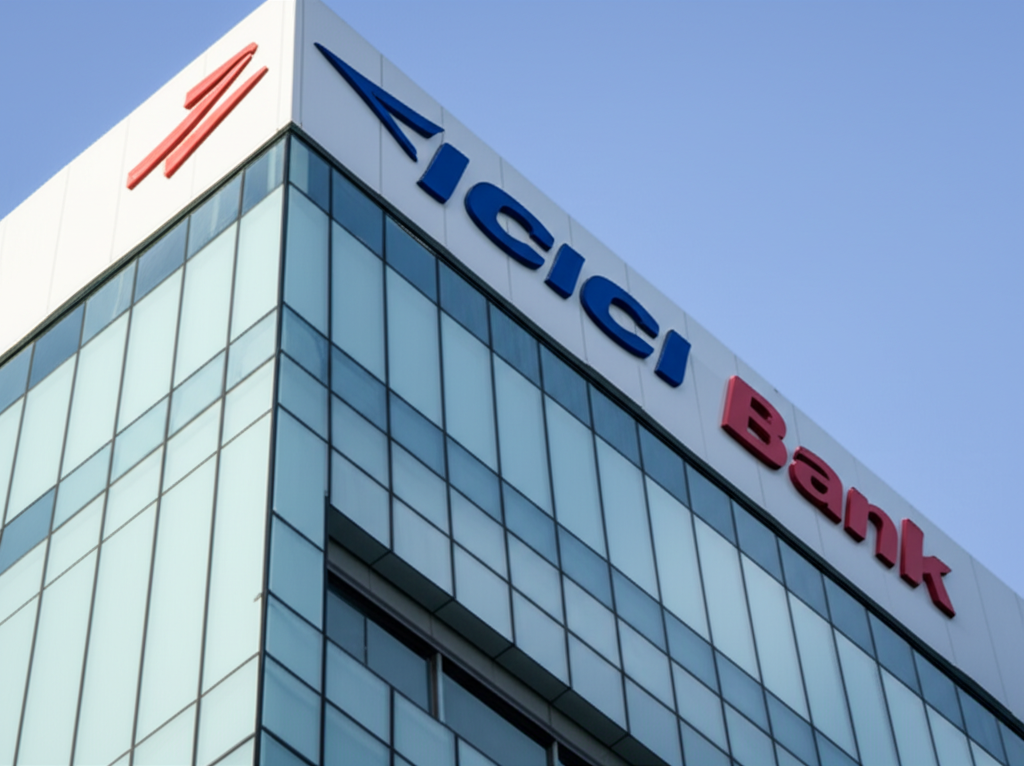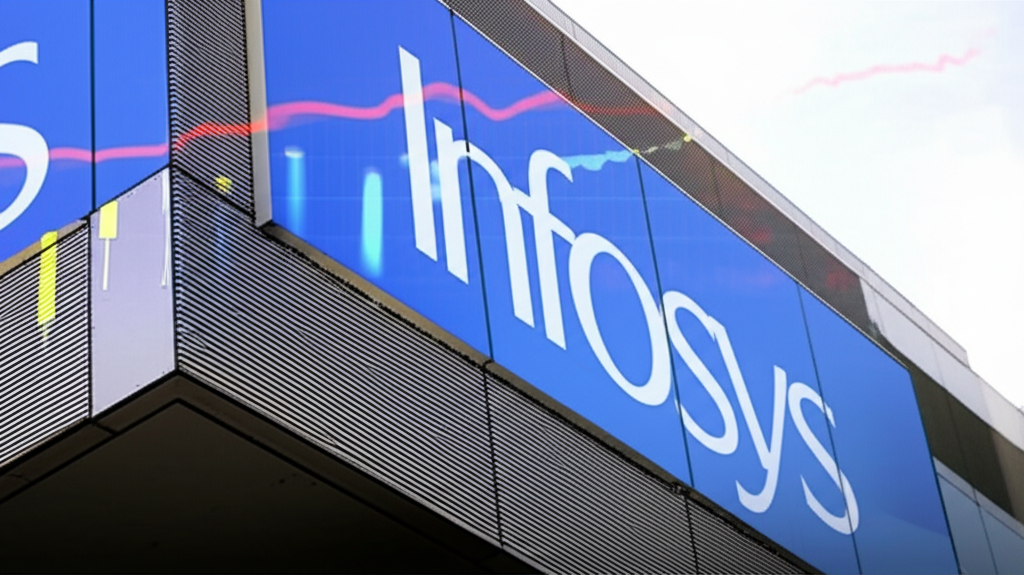The stock market is a fluid environment, and for investors in stocks of companies like Yes Bank, knowing why stock prices move is important for making the right decisions. On April 4, the share price of Yes Bank dipped by more than 4% even as it reported positive growth in a number of its core financial metrics. The private lender announced its March quarter (Q4) business update for FY 2024-25, indicating growth in loans, deposits, and CASA (Current Account Savings Account) ratio. The market’s response was negative, with the stock touching a low of ₹17.21 during the trading session. This decline has raised some questions: Why did the stock price decline? Should you buy or hold your Yes Bank shares? Let’s go into the numbers.
Yes Bank Q4 Business Update: Important Numbers and Performance
Yes Bank’s Q4 FY25 numbers presented a story of expansion, though one tempered by some challenges that dented investor confidence. The bank reported an 8.2% YoY rise in loans and advances, which stood at ₹236,539 crore from ₹227,799 crore last year. Sequentially, loans expanded by 0.7%, reflecting steady, if not thrilling, gains. This growth is an indication of the bank’s improving capability to increase its lending book, which is a major propellant for deriving interest income.
Further, deposits at Yes Bank rose by 6.8% YoY, from ₹266,372 crore to ₹284,488 crore. This growth is an indication that the bank is garnering more customer funds. CASA deposits, an essential indicator of a bank’s low-cost funding pool, grew 18.4% YoY to ₹97,443 crore, further increasing the stability of the bank. CASA ratio, i.e., the ratio of low-cost deposits to total deposits, increased to 34.3%, from 30.9% in the earlier year.
The bank also experienced enhancements in other fronts like the Credit to Deposit Ratio, which increased to 86.7% in Q4 from 85.5% in the last quarter, indicating improved deployment of deposits for lending purposes. The Liquidity Coverage Ratio also increased to 125% from 116.1% YoY, indicating that the bank is adequately positioned to cover its short-term obligations.
These figures, overall, indicate increasing financial security for the lender. So why did the market respond negatively despite these encouraging signs?
Reasons Behind Yes Bank’s Share Price Decline
Though Yes Bank recorded positive growth in important areas like loans, deposits, and CASA, the share price declined because of a mix of internal and external reasons. Let’s examine the reasons behind this market response:
- Lower-than-Anticipated Net Interest Income (NII): Despite a strong loan and deposit growth, Yes Bank’s Net Interest Income (NII) was lower than expected. NII is an important indicator of a bank’s profitability, and when it is lower than anticipated, it tends to create doubts regarding the ability of the bank to earn sustainable income from lending. Though Yes Bank’s overall business growth was impressive, the marginal miss on NII moderated investor sentiment, and the share price fell.
- Profit Booking: Since there had been a robust bounce back in the previous year, investors may have felt that they could harvest their profits, which led to the severe fall in the stock. Yes Bank’s stock has appreciated a whopping 120% in the last twelve months, and this implies that quite a few investors were sitting on a big profit in the stock. The steep fall in the stock price may be due to profit-taking by investors with such gains, who may be seeking to bring their gains home before the subsequent quarterly earnings announcement.
- Market Volatility and Investor Sentiment: The Indian stock market has been witnessing heightened volatility of late, with changes in macroeconomic indicators, inflation fears, and interest rate increases contributing to this. In such a scenario, even stocks with sound financials can come under pressure. Investor sentiment, driven by larger market trends more often than not, can occasionally take precedence over individual company performance, causing share price movements.
- Sustained Pressure Due to Earlier Underperformance: While Yes Bank has been in good shape recently, it also bears the stain of its earlier underperformance. The bank suffered a tough patch a couple of years ago and this resulted in a huge loss of investor confidence. While the turnaround story has been good, there are some investors who are still wary and hence the tepid reaction to what should otherwise have been a robust quarterly outcome.
- Concerns Over Asset Quality: Though there have been improvements in several financial indicators, asset quality continues to be a point of concern for Yes Bank. Investors remain wary of the threat of non-performing assets (NPAs) and whether the bank can keep its loan book in order. A sharp spike in provisions for bad loans or a rise in NPAs may hurt the stock, making investors nervous.
Do You Buy or Hold Yes Bank Shares?
Yes Bank’s share price fell following the Q4 update, raising a pertinent question: Should one buy, hold, or sell the stock? To provide an answer to this, let’s analyze the technical outlook of the stock and long-term prospects closely.
Technical Outlook: Short-Term Resistance and Support Levels
Yes Bank shares are presently resisting at the ₹18 level, as per Sumeet Bagadia, Executive Director, Choice Broking. The stock has formed a good base at ₹15, and a move above ₹18 can be an indication of bullish momentum, with targets at ₹20 and ₹21 shortly. But until the stock crosses the resistance level of ₹18, the short-term trend could remain sideways.
If the stock continues to attract resistance at levels around ₹18, it could remain in this range. There is support around ₹15 while the stock was trading around ₹17-₹18 recently. If the stock does not break the resistance and goes below the ₹15 support level, it could become vulnerable to even more downside pressures.
Long-Term Growth Potential
Despite the short-term challenges and market volatility, Yes Bank’s long-term growth prospects remain solid. Here are a few key reasons why investors might consider holding or buying Yes Bank shares for the long run:
- Enhancing Business Fundamentals: Yes Bank’s loan growth, deposit growth, and CASA deposit growth signal a strong foundation. With enhancements in liquidity and asset quality, the bank is well set to grow in the future. The credit-to-deposit ratio and liquidity coverage ratio are important ratios that indicate that Yes Bank is on a steady growth trajectory.
- Diversification of Revenue Streams: The bank’s attempts to diversify revenue streams, particularly in retail and digital banking, are expected to continue playing a role in its growth. With India’s banking industry continuing to develop, Yes Bank has every chance of dominating a greater share of the digital banking industry.
- Capital Adequacy: Yes Bank’s capital adequacy ratio has also improved over a period, which is critical for the financial stability. With growing demands for deposits and loans in India, Yes Bank’s capital base will be enough to drive the growth that it requires.
- Leadership and Management: Guided by its CEO and management, Yes Bank has steered its turnaround phase and emerged as one of India’s premier private-sector banks. Customer delight focus and digitization are likely to bear fruit in the years to come.
Sectoral Tailwinds: India’s banking sector is expected to benefit from long-term growth driven by increasing financial inclusion, government spending on infrastructure, and the shift towards digital banking. Yes Bank, as a major private-sector lender, will likely capitalize on these trends.
Conclusion: Buy, Hold, or Sell?
With the recent fall in Yes Bank stock after its Q4 business update, investors need to weigh carefully the opportunities and risks before they make their moves. In the short run, the stock is resisting at ₹18, and it may stay range-bound until it crosses that level. But if the business fundamentals of Yes Bank keep strengthening and the stock crosses the ₹18 resistance level, there is a high probability of a favorable upward movement.
For the long-term investor, Yes Bank’s prospects are still attractive, particularly with its diversified business model and enhanced capital adequacy. Holding or purchasing Yes Bank shares at present levels may be a worthwhile strategy for investors with a positive outlook toward the long-term growth of the bank.
As with every investment, investors must do their research and gauge their risk level before they make any investment choice. For short-term traders, it is important to monitor technical indicators and resistance levels in order to make a well-informed decision.















0 Comments